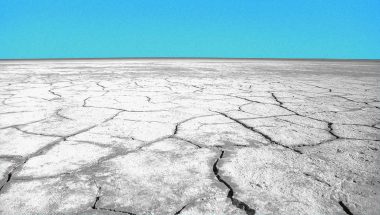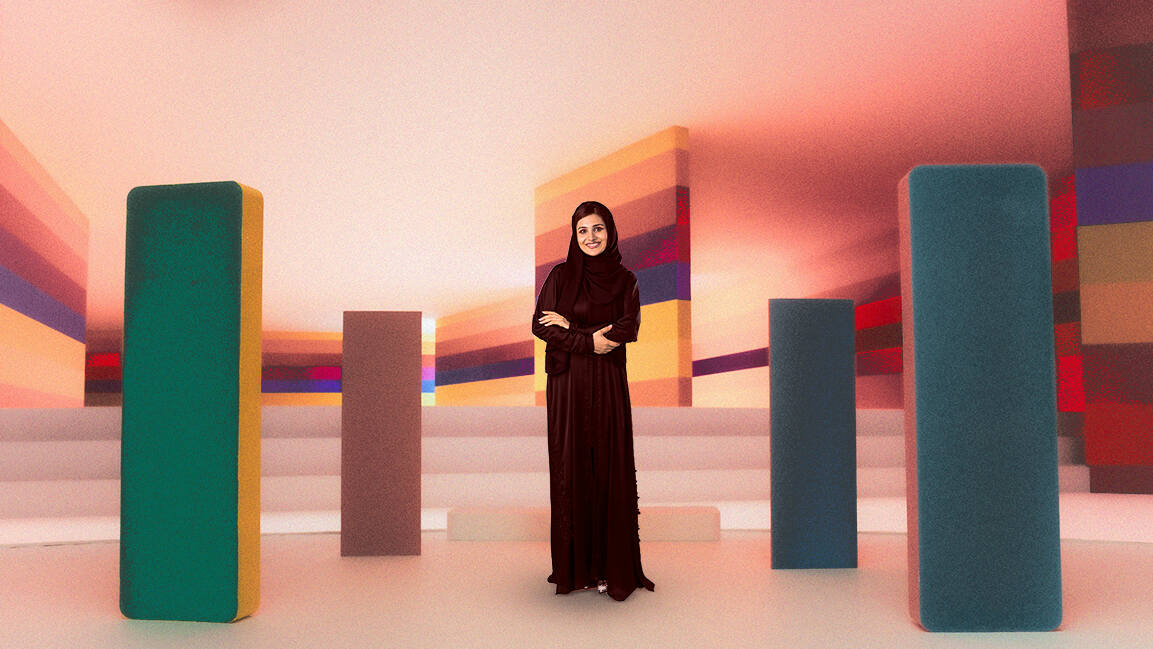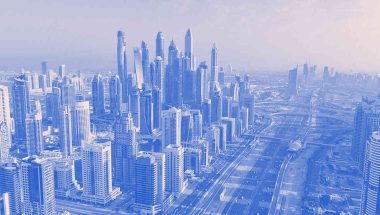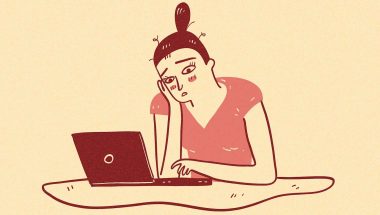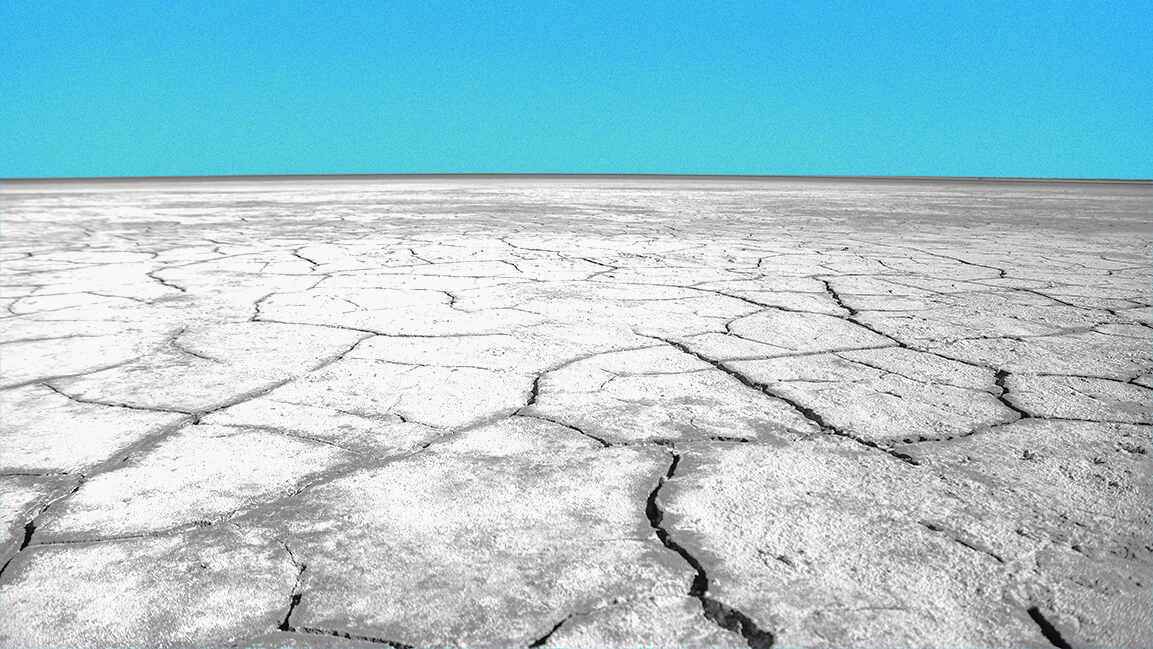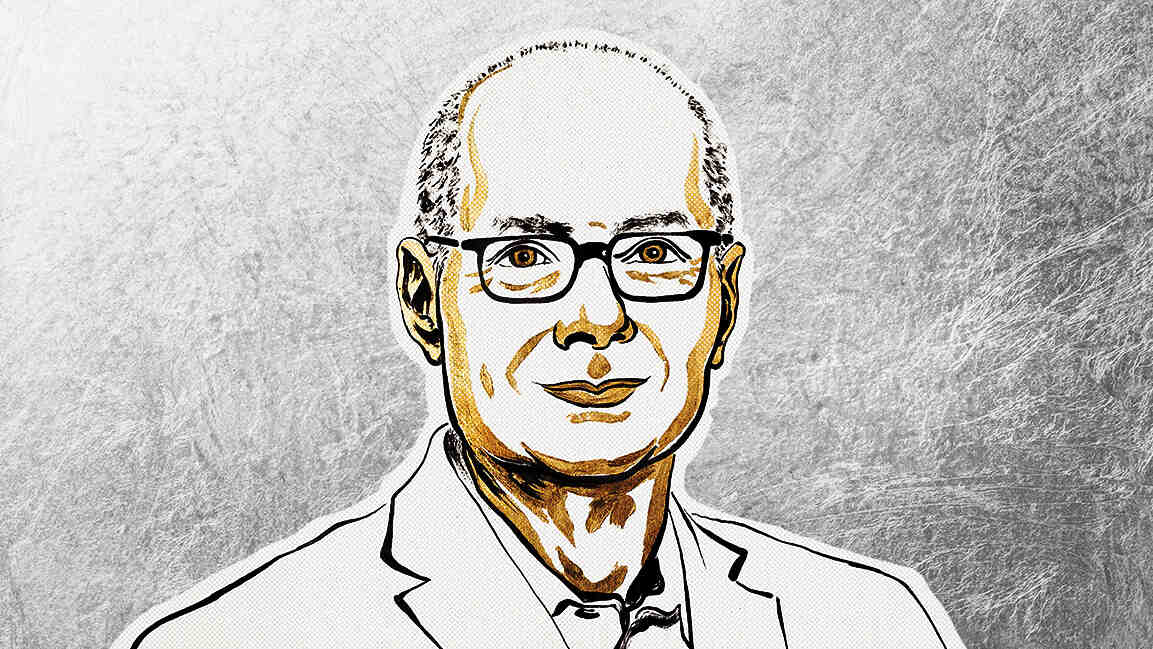- | 9:00 am
Why recycling alone won’t solve the GCC’s textile waste problem
Experts say sustainable production is more impactful, reducing purchasing, promoting circularity and then recycling as the final step.
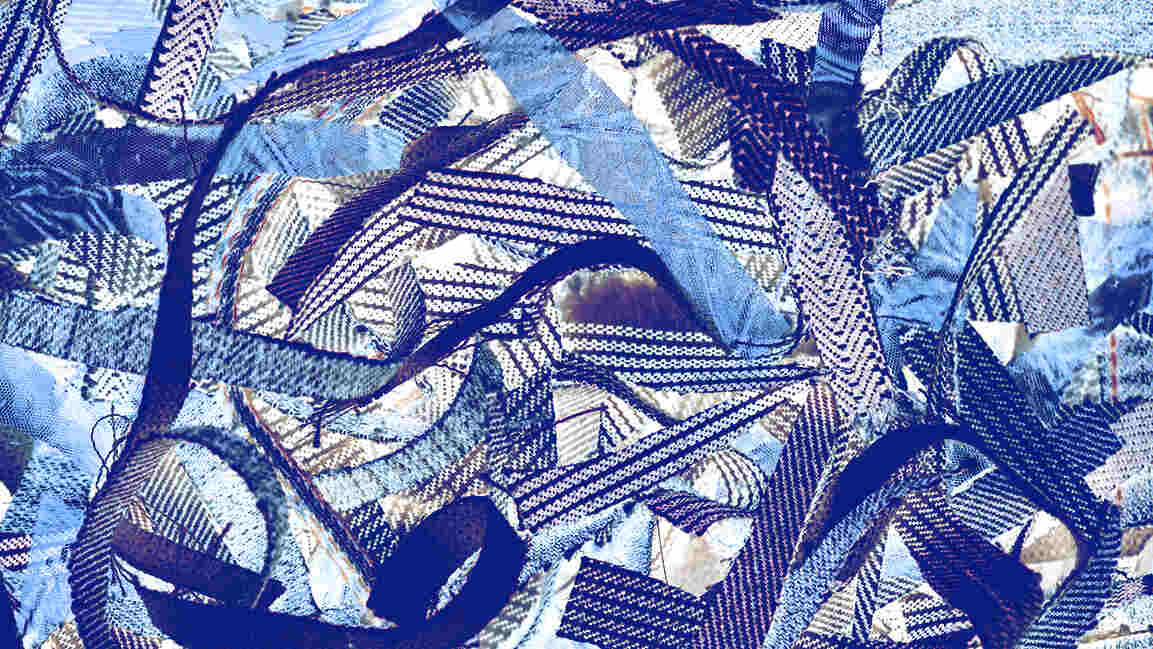
Not many of us keep towels until they’re threadbare or clothes past their prime before we put them in the trash. We’re buying and casting off more than ever, and the result is that more and more end up in a landfill somewhere.
As production and consumption rise, severe environmental and social implications have emerged.
The GCC’s textile waste has increased nearly tenfold. For example, in the UAE, up to 90 percent of discarded textiles currently end up in landfills, where they emit methane gas and leach chemicals and dyes into soil and groundwater. Globally, only about 15 percent of clothing and other textiles are reused, even though an estimated 95 percent of the materials—including fabrics, yarns, fibers, zippers, and buttons—are recyclable.
The question of what to do with the mountains of textile waste is increasingly pressing. It is difficult to bring together all stakeholders in the life cycle of textiles—environmental organizations, municipalities, and retailers—to help the industry transition to a sustainable and circular economy, as they have diverse interests.
“Textile waste is a significant problem in the region,” says Jennifer Sault, a sustainability advocate and Founder of Thrift for Good, a charity thrift shop. “If fast fashion purchasing and consumption continue to increase, this will be a growing problem without adequate solutions.”
According to Waste Recycling Middle East and Africa, the GCC countries collectively waste between 400,000 and 500,000 tons of textiles annually, with the UAE alone accounting for approximately 210,000 tons annually.
“Textile waste in the GCC is expected to increase in the coming years, mainly driven by the region’s rapidly expanding textile and apparel market. A forecasted CAGR of 6–8% through 2030 due to rising consumer demand, e-commerce, tourism, and disposable income,” says François de Bie, Chief Commercial Officer, Emirates Biotech.
Historically, thrift stores, charities, and clothing collectors have been a successful secondhand market for reusable textiles. According to Future Market Insights, the secondhand apparel market in the GCC is projected to be worth $1.3 billion in 2025, expanding at a CAGR of 11.6%, and reaching $4 billion by 2035.
“More sustainable sales and recycling channels are growing in this market,” says Sault.
Organizations such as The Giving Movement in the UAE are transforming waste into opportunities, using recycled materials to create eco-friendly clothing and fabrics. Meanwhile, Abadia in Saudi Arabia champions ethical production and the preservation of cultural heritage.
Circular fashion is also gaining traction with platforms like Bazaara and Reluxable, promoting resale, rental, and reuse, extending the life cycle of garments.
At Thrift for Good, the stock speaks only to a small fraction of the bigger picture. “We currently process about 15,000 pieces through our stores (approximately 5 tons); we repair another 1 ton in-house, 2 tons are local distribution through labor camps, and 2 tons are upcycled or recycled,” adds Sault. “Monthly, we currently process approximately 10 tons. We expect our capacity to grow over the next 10 years.”
However, when donations are damaged or unusable, they often end up in landfills.
“Today, about 90% of all waste in the Middle East is going to landfill,” says de Bie, Chief Commercial Officer, Emirates Biotech. “We will need a revolutionary redesign of the waste management infrastructure to ensure these waste streams become viable sources of raw material – to change from a linear to a circular economy.”
“Collecting different valuable waste streams separately and recycling those are urgently needed,” adds de Bie.
In line with their sustainability goals, countries like the UAE and Saudi Arabia are taking action on circularity, encouraging consumers and manufacturers to reduce, reuse, recycle, and upcycle clothing to help ease the environmental burden.
In 2024, retailer Landmark Group opened a textile recycling facility, called Landmark Circulife, at Dubai World Central to convert clothes into fibre for new garments.
With an initial capacity of 2,000 metric tons of textile waste per year, the facility is set to make a significant environmental impact. It will prevent thousands of tons of waste from ending up in landfills and convert fabrics into recycled fibers for new garments and home products.
The opening of the plant could not come soon enough. At the facility’s launch, Abdulla bin Touq Al Marri, UAE Minister of Economy, emphasized the importance of public-private partnerships in driving sustainable growth and the circular economy.
Earlier, Abu Dhabi’s Tadweer launched the Integrated Textile Circularity Initiative to increase consumer awareness of textile recycling and create public-private partnerships to tackle textile waste at every level of the supply chain. During the launch, Eng. Ali Al Dhaheri, Managing Director and CEO, Tadweer, said: “Less than 10 per cent of this is currently formally collected for recycling, and the majority of this waste ends up in landfills, posing significant environmental threats and lost value.” He added the challenge as an opportunity for innovation, sustainability, and progress.
Given the projected growth in textile waste, experts say more investments in composting and recycling should be given attention, and innovation in recycling shoes, bags, and non-cotton materials.
“Synthetic-based textiles generate another source of pollution. When washed, they create persistent microplastics in the environment,” says de Bie. It is estimated that washing synthetic textiles releases 200,000 to 500,000 tonnes of microplastics into the global marine environment annually.
IS RECYCLING THE ANSWER?
Textile recycling is a part of the answer. Experts say sustainable production is more impactful, reducing purchasing, promoting circularity to ensure longer lifetime use of items, and then recycling/repurposing as the final step.
“Recycling is a big part of the answer,” says de Bie. “But we also need to reduce textile waste as a first step; we need more durable textile products, repair products before throwing them away, and prevent overproduction.”
Sault says textiles present environmental damage twice: in production and again in landfill. “Recycling certainly helps to divert items from landfill. However, production, especially among fast fashion brands, presents 20 percent of water pollution with toxic dyes and microplastics, 10 percent of the world’s carbon emissions in production and transport, and devastating problems in unfair labor, including child labor.”
“Recycling is challenging across the different forms of materials and often compromises the quality of new items. It is not enough to rely on recycling to solve the problem; ultimately, sustainable and reduced production must also be a part of the solution to protect our planet,” Sault adds.
The biggest and most impactful change requires a shift in consumers’ mindsets. “The ultimate solution lies with each of us buying mindfully,” she adds.







